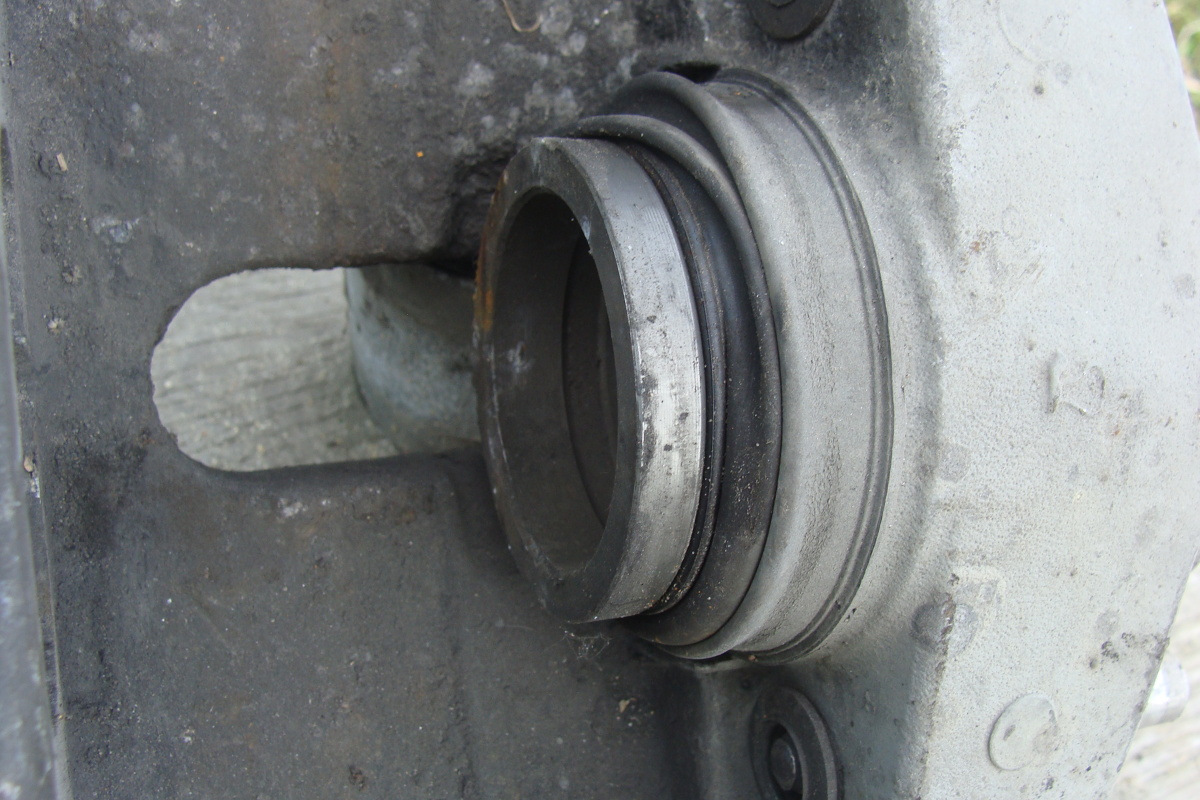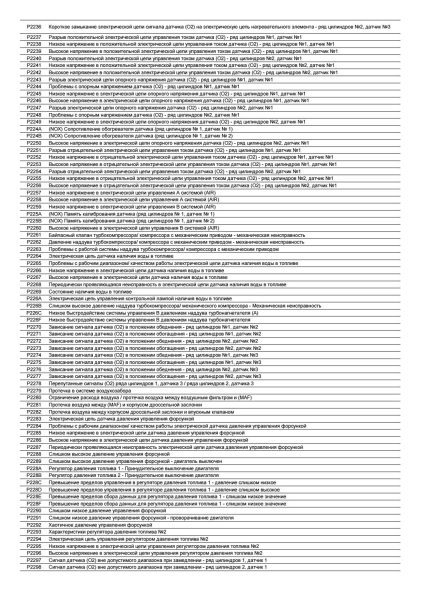
Lock on the dial
 Excessive heating of the rims, deterioration in vehicle dynamics are typical symptoms of brake blockage. In the case of one wheel or wheels on one side of the vehicle, the so-called vehicle loading is an additional feature.
Excessive heating of the rims, deterioration in vehicle dynamics are typical symptoms of brake blockage. In the case of one wheel or wheels on one side of the vehicle, the so-called vehicle loading is an additional feature.
Brake braking is a condition in which the friction linings are still pressed when the pressure on the brake pedal is released, although  significantly less force on the working surfaces of the brake disc or drum. Ignoring this can have very serious consequences. The rise in rim temperature caused by the “continuous operation” of the friction linings can, in extreme cases, cause them to burn out. It should also be borne in mind that not only friction linings overheat, but also discs or drums. Also other related items, including cylinders and the brake fluid they contain. If the temperature of the liquid exceeds the allowable temperature, it will boil, which means no brakes. So there is nothing to do with blocking the brakes, and if we have such suspicions, then we must respond immediately.
significantly less force on the working surfaces of the brake disc or drum. Ignoring this can have very serious consequences. The rise in rim temperature caused by the “continuous operation” of the friction linings can, in extreme cases, cause them to burn out. It should also be borne in mind that not only friction linings overheat, but also discs or drums. Also other related items, including cylinders and the brake fluid they contain. If the temperature of the liquid exceeds the allowable temperature, it will boil, which means no brakes. So there is nothing to do with blocking the brakes, and if we have such suspicions, then we must respond immediately.
There are several reasons for blocking brakes. Due to the current greater popularity, we will deal only with disc brakes. Regardless of whether we are dealing with a floating or fixed brake caliper, the spring force of the piston o-ring in the caliper cylinder is responsible for relieving pad pressure on the disc when the brake pedal is released. And it is this ring that is always the prime suspect. The fact that it does not work properly may be due to the loss of its elastic properties due to the aging process. Dirt or corrosion pits on the surface of the piston that this ring mates with does not help it either. Dirt and defects on the surface of the piston are usually the result of damage to the rubber coating of the piston. In floating brake calipers, in addition to the O-ring, excessive pad pressure on at least one side of the disc can be caused by sticking of the caliper guides. Brake blocking can also occur due to such internal damage to the brake hose that the fluid pressure in the line does not drop immediately, but gradually when the brake pedal is released. It's like we're still hitting the brake with less and less force.
